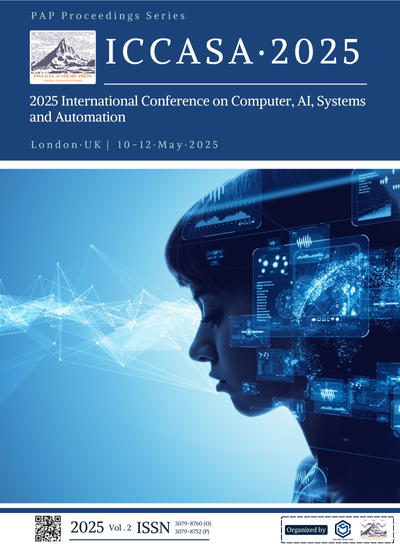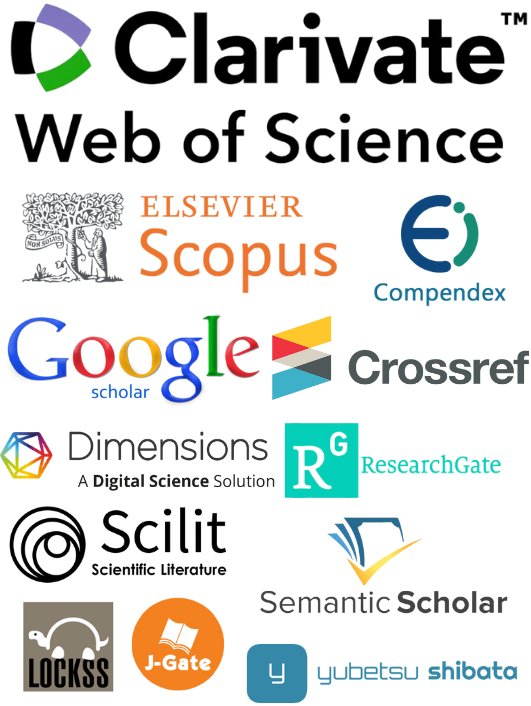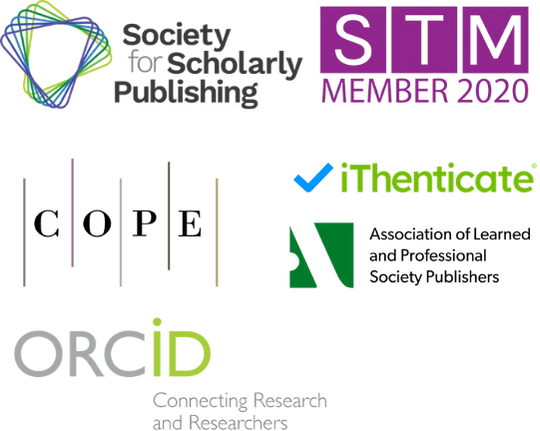Enhancing Collaborative Video Note-Taking: A Mixed-Methods Study of Tagging and Formatting Strategies
Keywords:
online learning, video note-taking, collaborative learning, tagging, markdown, mixed-methods research, learning efficiencyAbstract
This study explores strategies to improve collaborative video note-taking in online learning environments. Responding to the widespread shift toward digital education, a mixed-methods approach was employed, combining survey analysis and controlled experiments. A preliminary survey involving 85 students highlighted key issues in current collaboration tools, particularly in terms of note organization and efficiency. Two within-subjects' experiments (n = 128 each) assessed the effects of tag-enhanced notes, Markdown-formatted notes, and a combined format on information retrieval performance. The results showed a significant improvement in efficiency with the combined approach, supporting the integration of tagging and formatting features in educational note-taking systems. The findings offer practical insights for designing more interactive, adaptable, and scalable tools for online learning.
References
1. J. Fang, Y. Wang, C. L. Yang, C. Liu, H. C. Wang, et al., "Understanding the effects of structured note-taking systems for vid-eo-based learners in individual and social learning contexts," Proc. ACM Hum.-Comput. Interact., vol. 6, no. GROUP, pp. 1–21, 2022, doi: 10.1145/3492840.
2. M. Fanguy, J. Costley, M. Courtney, K. Lee, et al., "Analyzing collaborative note-taking behaviors and their relationship with student learning through the collaborative encoding-storage paradigm," Interact. Learn. Environ., vol. 32, no. 8, pp. 3968–3982, 2024, doi: 10.1080/10494820.2023.2194329.
3. M. Fanguy, J. Costley, N. Almusharraf, A. Almusharraf, et al., "Online collaborative note-taking and discussion forums in flipped learning environments," Australas. J. Educ. Technol., vol. 39, no. 2, pp. 142–158, 2023, doi: 10.14742/ajet.8580.
4. F. Yu, X. S. Ding, P. Zhang, T. Lu, N. Gu, et al., "Cultivating a space for learning: A study of note-taking and sharing on a vid-eo-sharing platform Bilibili," Comput. Support. Coop. Work, pp. 1–44, 2025, doi: 10.1007/s10606-025-09511-7.
5. Y. Cao, H. Subramonyam, E. Adar, "VideoSticker: A tool for active viewing and visual note-taking from videos," in Proc. 27th Int. Conf. Intell. User Interfaces, Mar. 2022, pp. 672–690, doi: 10.1145/3490099.3511132.
6. Y. Sidi, I. Blau, T. Shamir-Inbal, "Mapping active and collaborative learning in higher education through annotations in hy-per-video by learning analytics," J. Comput. Assist. Learn., vol. 38, no. 6, pp. 1752–1764, 2022, doi: 10.1111/jcal.12714.
7. J. Crawford, K. Butler-Henderson, J. Rudolph, B. Malkawi, M. Glowatz, R. Burton, et al., "COVID-19: 20 countries’ higher ed-ucation intra-period digital pedagogy responses," J. Appl. Learn. Teach., vol. 3, no. 1, pp. 1–20, 2020, doi: 10.37074/jalt.2020.3.1.7.
8. S. Dhawan, "Online learning: A panacea in the time of COVID-19 crisis," J. Educ. Technol. Syst., vol. 49, no. 1, pp. 5–22, 2020, doi: 10.1177/0047239520934018.
9. C. Hodges, S. Moore, B. Lockee, T. Trust, and A. Bond, "The difference between emergency remote teaching and online learn-ing," Educ. Rev., vol. 27, no. 1, pp. 1–9, 2020, doi: 10.1163/9789004702813_021.
10. K. Kreijns, P. A. Kirschner, and M. Vermeulen, "Social aspects of CSCL environments: A research framework," Educ. Psychol., vol. 48, no. 4, pp. 229–242, 2013, doi: 10.1080/00461520.2012.750225.
Downloads
Published
Issue
Section
License
Copyright (c) 2025 Jingru Xie (Author)

This work is licensed under a Creative Commons Attribution 4.0 International License.



